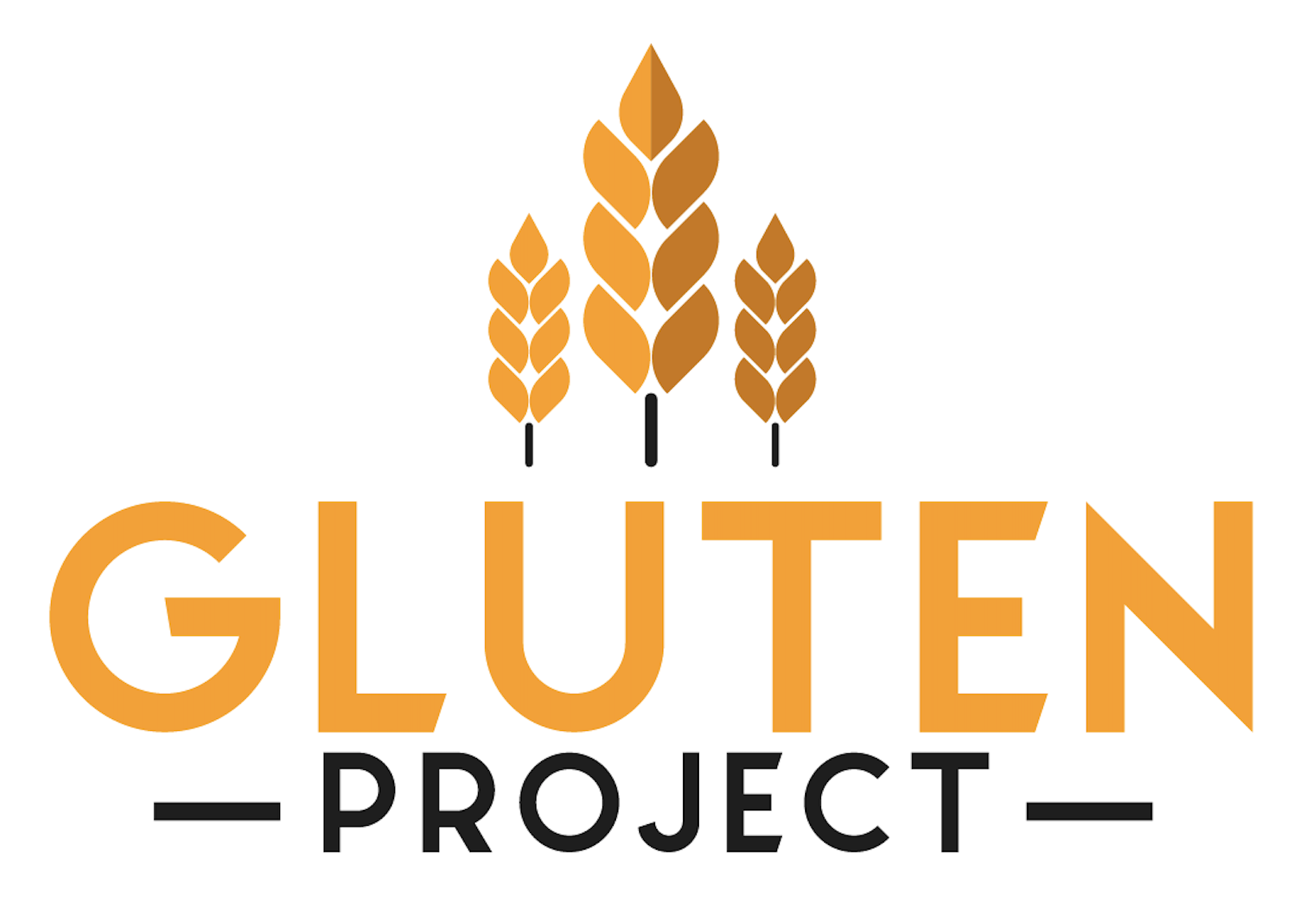Is Wine Gluten Free? Steps to Make Your Own Perfect Gluten Free Wine List
Living a gluten-free lifestyle doesn’t mean you need to give up some of the most delicious things. Wine, for instance, is one of the most beloved beverages around the world. As part of the Gluten Project, we’re looking to help dispel some of the myths and misinformation about the gluten-free lifestyle as well as help those with gluten-free and celiac diets find food and drinks for them.
In this blog, we’ll talk about how wine is made and how it relates to gluten-free diets. Plus, we’ll cover some of the most popular recommendations of wines for both celiacs and those with a gluten-free lifestyle. We have some suggestions that come from our comprehensive list of all certified gluten free wine. Let’s put together your own personalized gluten free wine list!
How is Wine Made?
Wine has been made from cultivated grapes for thousands of years. In order to get a better understanding of what makes wine gluten free, let’s go over the steps of making wine.
Across the world, winemaking has been a time-honored craft that generally follows a simple five step process.
Harvesting: Just like any other crop, grapes are also farmed in their own way. Grapes are picked from the vine in specialized vineyards. While other alcoholic beverages may be made from fruits, only grapes will produce a true wine. With the harvesting process, timing is everything. Grapes need to be picked at a specific time by skilled harvesters. If picked too early, the wine may be too bright and sour. If picked too late, the wine will over-ferment and not be drinkable.
Crushing: You may be picturing a bunch of winemakers with their pant legs or skirts hiked up so they can stomp the grapes in a barrel. This method isn’t very far from the truth of how wine was traditionally made, but the modern method typically involves more efficient machinery. The crushing process separates the juice from the pulp. White wines and red wines are distinguished during this process by how quickly the grapes are crushed after harvesting. White grapes will be crushed almost immediately while red grapes may be set aside for some pre-fermentation inside the skins. The timing of the crushing has a huge impact on the specific flavors of the wine.
Fermenting: Once the juice has been extracted from the grapes, fermentation will begin within hours. As part of this fermentation process, yeast is introduced to the mixture. Traditional winemakers take advantage of the natural yeasts in the air, which can make a delicious natural wine that may be rather unpredictable. Larger wine manufacturers will introduce their own yeast culture to produce a more consistent wine. The fermentation process will take from just over a week to about a month depending on the grape variety. Note that the introduction of yeast does not mean a wine has gluten in it, since yeast is a microorganism that’s a type of fungus used to leaven bread, make wine, brew beer, and much more.
Clarifying: Even though the majority of the solid objects were extracted during the crushing process, there are still lots of grape skin and other organic particles left in fermented wine. Winemakers have different strategies of removing these particles, from using fine filters to introducing absorbing compounds such as gelatine, egg whites, carbon, or clay. These materials simply stick to the particles and do not make it into the wine bottle.
Bottling and Aging: Before the wine can ferment any longer and change the flavor, the liquid is sometimes moved into the bottles where it can begin the aging process. Many types of wine, however, will be allowed to age in wooden barrels, steel tanks, or ceramic pots. The many varieties of wine are usually distinguished by what happens during this fifth step in the process.
Do Any Wines Contain Gluten?
The short answer is that yes, some wines do contain gluten. This is not because gluten adds anything to the flavor or consistency of wine. As we mentioned in the winemaking process section, a glutenous substance may actually take some unwanted particles out of the wine. Some winemakers use products that contain wheat, barley, or rye to clarify or age their wine. However, because of demand for gluten-free wine, more winemakers are stopping this practice in favor of certifying their wine gluten free
How Do You Know If Wine is Gluten Free?
With an increasing number of people diagnosed with celiac disease every year, the US Food and Drug Administration (FDA) has designated labels to be used once a wine is certified gluten free. In fact, the FDA enforces serious penalties against winemakers that go against their certification or falsify a certification using the official logo. This means that when you see a gluten free logo with the FDA printed on it, it’s reliably gluten free and celiac friendly.
What Wine is Gluten-Free?
Even though wheat, barley, and rye are not officially listed in the ingredients of wine, it’s possible that some particles made their way in during the wine production process. Some winemakers in many parts of the world have used glutenous products during the clarifying or aging process to continue to extract solid particles from the wine.
The short story is that finding out which wine is gluten free is actually far easier than finding out which wine is not gluten free. This is why we have compiled a great list of wines that are certified gluten free.
What Wine Can Celiacs Drink?
Celiac-Friendly and Gluten Free foods often overlap, but they’re not mutually exclusive. The main difference is in the medical diagnosis. Someone with gluten intolerance may experience some bloating and stomach aches when ingesting gluten. However, someone with celiac disease will experience a range of painful symptoms because the body’s immune system will begin attacking the skin, organs, blood vessels, and muscle tissue.
While someone who is gluten-intolerant may not have a reaction to the miniscule amount of gluten particles which may be present in a wine, someone with celiac disease may have a severe reaction. That’s why it’s so important that someone with celiac disease only drinks wines that have been certified gluten free.
The Best Gluten-Free Red Wine
Like with any wine, superlatives like “the best” are always up for great debate and personal preferences. However, we have some suggestions on which red wines can be enjoyed without having to worry about whether they’re gluten free or not.
Red Blend - Radius Wines: This gorgeous red wine is produced using grapes from both California and Washington. The majority of the grapes involved are cabernet sauvignon and merlot. This wine works very well with all sorts of delicious gluten free meal selections.
2019 Organic Cabernet Sauvignon - Frey Vineyards: It would be a shame to ignore the lengths that these winemakers go to certify their wines gluten free as well as vegan and organic. Their ethos carries over into their delicious reds, such as this 2019 Organic Cabernet Sauvignon.




